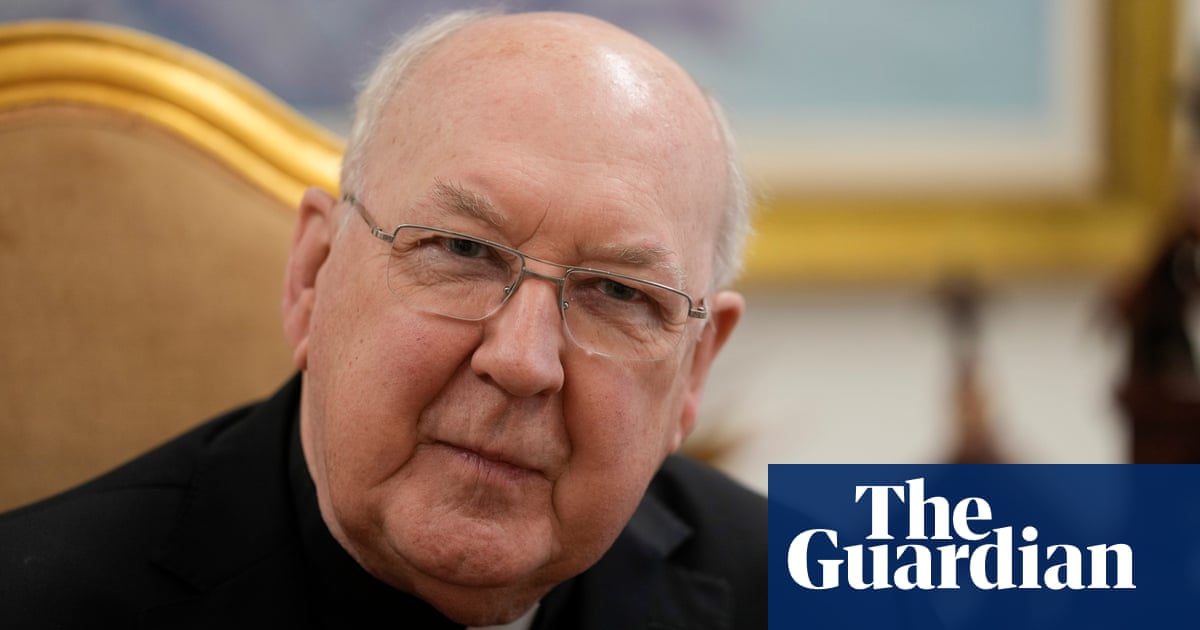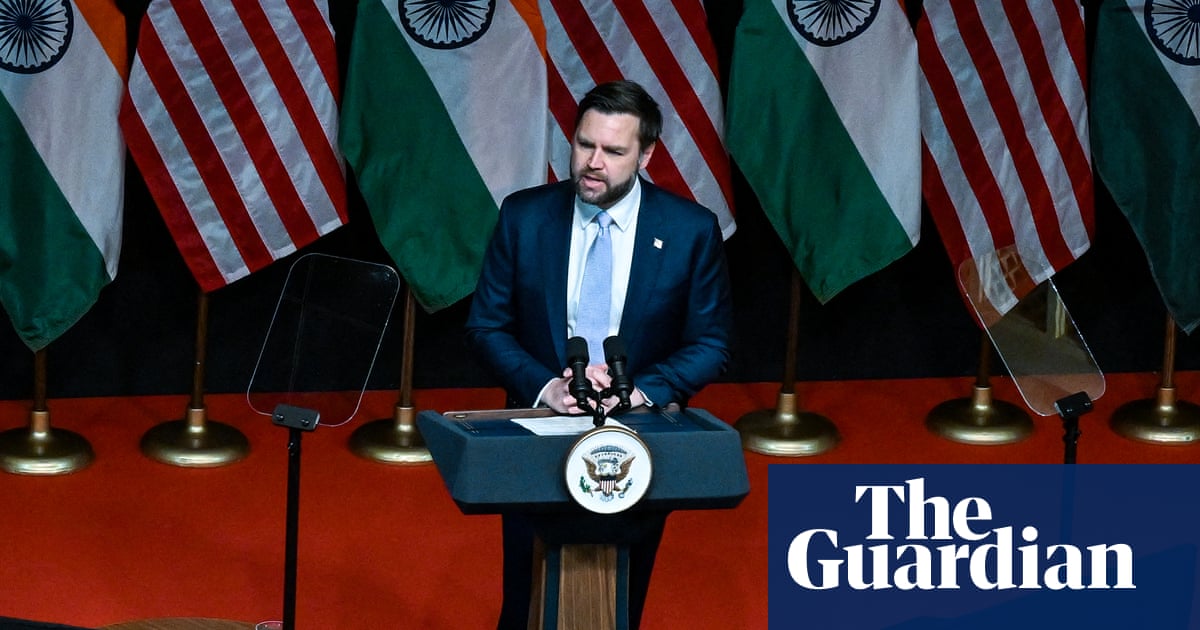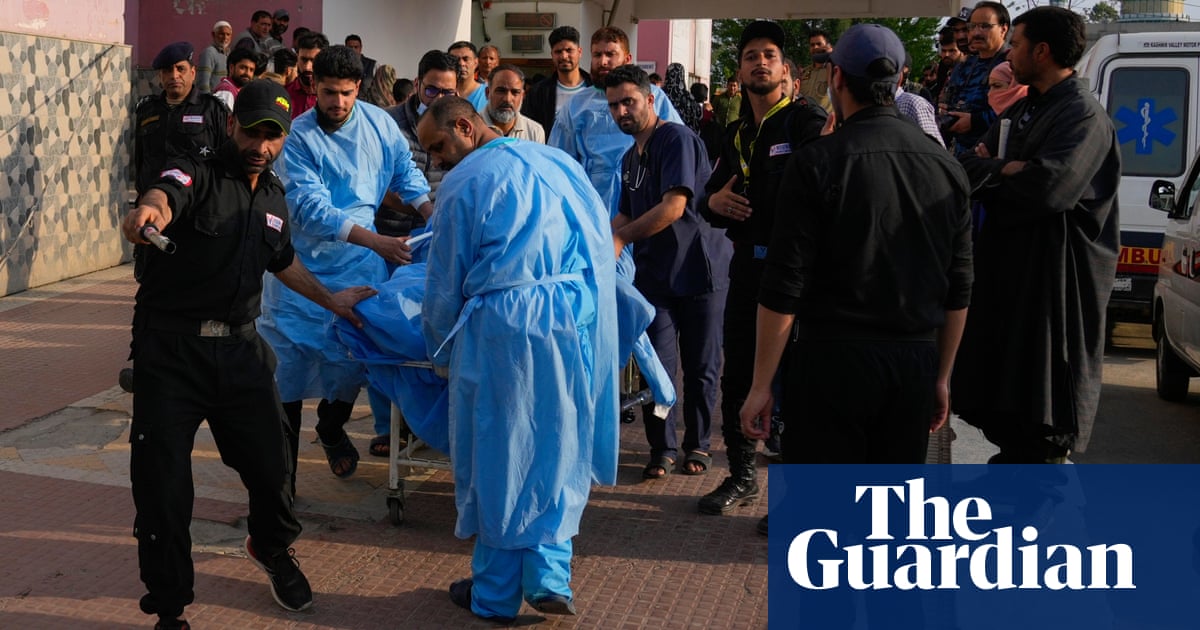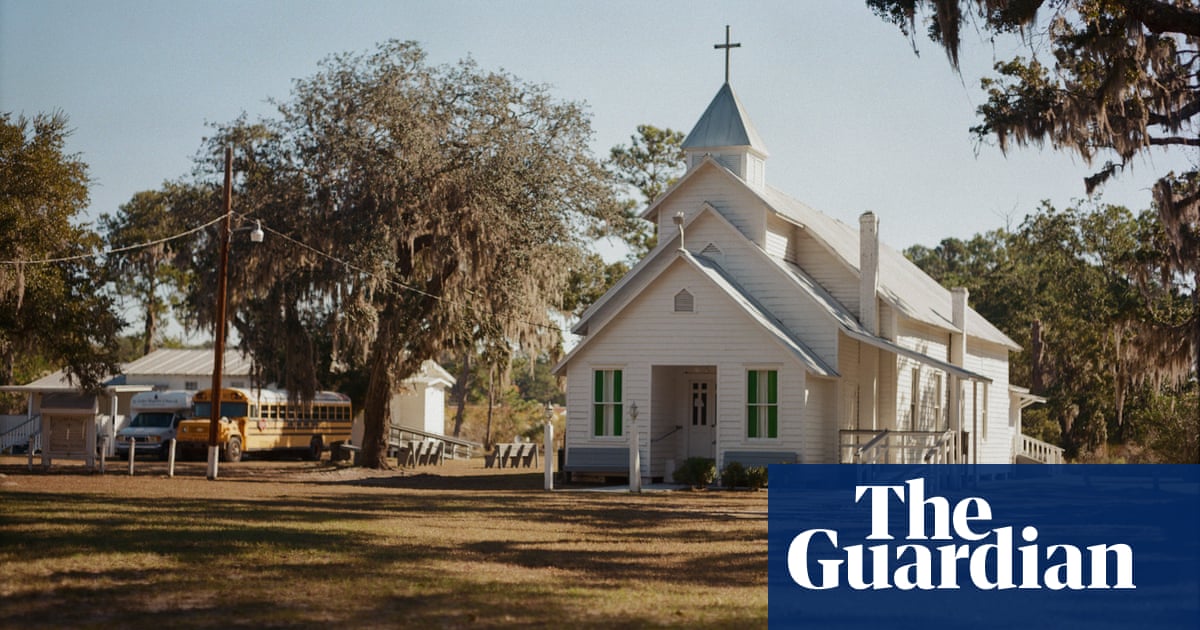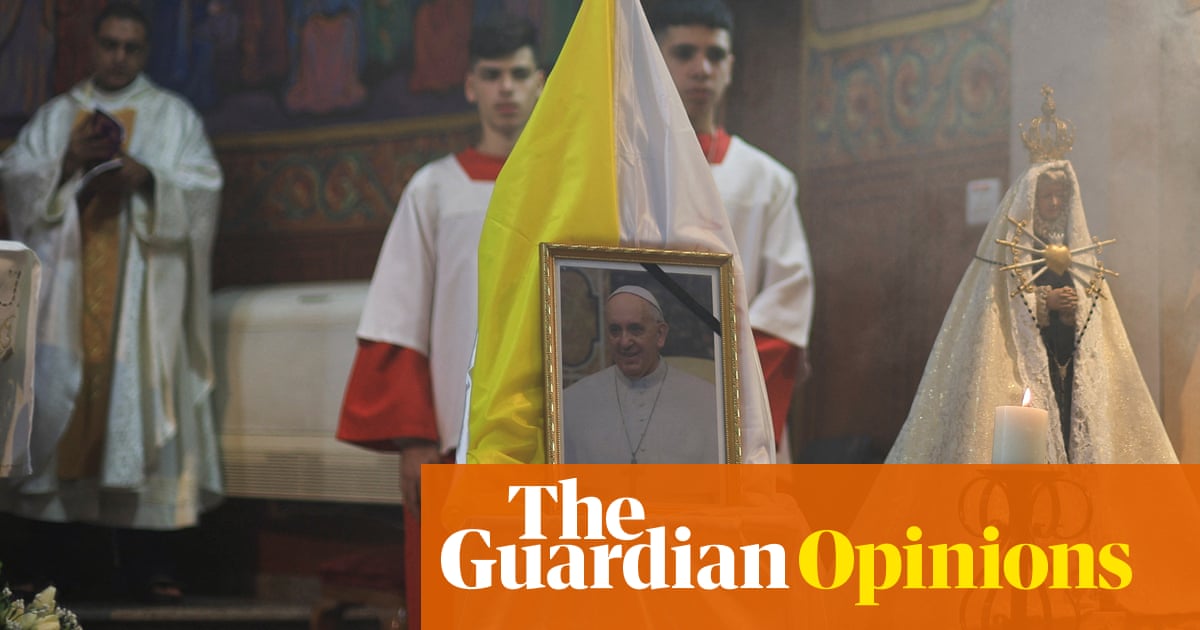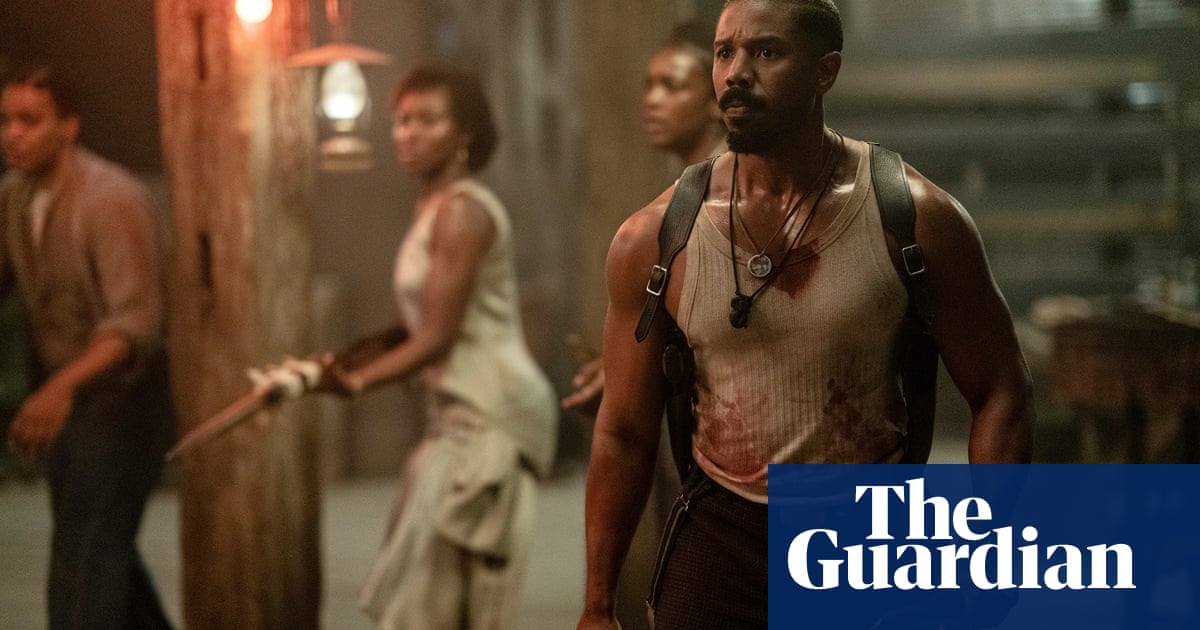Seven years before Axel Rudakubana launched the Southport attack, a new category was quietly added into the UK’s Prevent counter-terrorism scheme. Labelled “mixed, unstable or unclear ideology”, it aimed to cover a growing number of cases where people had been flagged as a potential security threat but did not fit into existing boxes, such as Islamist or far-right extremism.
“In cases such as these, the individual may not have a coherent or single ideology, but may still pose a terrorism risk,” said an official bulletin announcing the change in 2017, warning of a significant increase in these kinds of cases. By the time a 13-year-old Rudakubana was flagged to Prevent in November 2019, more than half of all referrals to the scheme were put in the “mixed, unstable or unclear ideology” bracket, and the proportion was even greater for cases involving children.
Former senior counter-terror police officers have now raised concerns that the programme is not capable of handling mounting threats from individuals such as Rudakubana, who may be obsessed with violence but lack the ideological motivation required to meet the UK’s legal definition of terrorism.
Paul Betts, national Prevent coordinator for counter-terrorism policing from 2018 until his retirement in 2023, said the systems underpinning triage processes and risk assessments were years old and driven by an “obsession with ideology”.
“The whole system is geared around that,” he added. “It’s a very thin line between what is or isn’t an ideology but we’re asking junior people at the front end of the process to make incredibly difficult decisions.
The critical question for filtering referrals is ‘What’s your ideology?’, but increasingly that’s a non-issue.”
Rudakubana’s first referral to Prevent was by a teacher who saw him researching American school shootings during an IT class in late 2019, weeks before he launched a violent attack on a fellow pupil with a hockey stick.
In February 2021, as a 14-year-old, he was flagged again after posting images of Libyan dictator Muammar Gaddafi on Instagram, and two months later he was reported a third time over internet searches for the London Bridge terror attack.
Each time, Rudakubana fell into the “mixed, unstable or unclear ideology” category, and officials took decisions not to put him into the voluntary Channel intervention programme.
On 29 July last year, he walked into a Taylor-Swift themed holiday club in Southport and stabbed 11 children and two adults, killing Alice da Silva Aguiar, nine, Bebe King, six, and Elsie Dot Stancombe, seven.
An internal review conducted by the Home Office found the cases should not have been closed, with home secretary Yvette Cooper summarising findings that “too much weight was placed on the absence of ideology, without considering the vulnerabilities to radicalisation, or taking account of whether he was obsessed with massacres or extreme violence”.
Cooper’s comments came less than two years after an independent review of Prevent commissioned by the Conservative government called for it to focus more tightly on ideology and be “recalibrated” to reflect that “the most lethal threat in the last 20 years has come from Islamism”.
An official report criticised Prevent officials for not treating ideology as an “essential part of the trajectory towards terrorism” and claimed that “radicalisation requires the adoption of, or subscription to, an ideology”.
This was despite the previous warnings that more cases were coming through where individuals did not subscribe to a coherent set of beliefs.
The Conservative-commissioned review was widely criticised inside counter-terror policing and Betts, who was in post at Prevent at the time of its release, said: “The review was poor and the focus on ideology was wrong. It was a missed opportunity.”
He said the current system means that police dealing with non-ideological referrals are faced with a choice between “dropping them or chucking them in [the Channel programme] and hoping for the best”, because there is no alternative.
The police investigation into the Southport attack revealed that Rudakubana had a longstanding fixation with violence and gore, viewing images and videos of dead bodies, victims of torture and beheadings, as well as cartoons depicting violence and rape. The teenager had accessed a combination of books, academic papers, leaflets and manuals relating to conflicts including Gaza, Ukraine, Sudan, Korea, Iraq and the Balkans, and had admitted carrying a knife to school since the age of 13.
Counter-terror police have defended decisions not to put Rudakubana into the Channel deradicalisation process, and refer him instead back to agencies including mental health and social services that were already working with the teenager. “There wasn’t any obvious ideology or vulnerability to radicalisation at that point, but there were most definitely vulnerability and needs, and there was a wider partnership response around him,” said Vicki Evans, the UK’s national coordinator for counter-terrorism policing.
“Our understanding of ‘mixed, unclear and unstable ideology’ was still developing at that point, and there was a huge amount of work ongoing on this challenge of more and more unclear individuals coming into the system,” she told a press conference. “Now we’ve moved away from that categorisation.”
It has now been split into different categories, including school shooting obsessives and “incels”, but the picture has become no less confusing.
In the year to March 2024, the top referral category was “vulnerability present but no ideology or counter-terrorism risk” (36%), followed by extreme right-wing (19%), “conflicted ideology” (18%) and then Islamism (13%).
after newsletter promotion
Tim Jacques, who was the senior national coordinator for counter-terrorism policing until his retirement last February, said the type of material viewed by Rudakubana was “sadly not uncommon”.
“As with people that do have an identified ideology,” he said, “the million dollar question is: are they going to turn that worrying behaviour into violent action, and what are the specific triggers for someone who’s actually going to act rather than just watching or talking about it?
It’s not easy to make those determinations: they’re life and death decisions. The system has adapted as the nature of the threat has evolved but clearly this tragedy raises more questions.”
Jacques said the government faces a choice between adapting Prevent or creating a different system, but warned that widening the pool of people considered as potential threats could have unintended consequences.
“The issue then becomes about volume, prioritisation and resourcing,” he said. “The broader the hopper, the more noise you’d have to filter out – which risks making the system less effective.”
The government has said it will publish a summary of the review of Rudakubana’s handling by Prevent and announced a wider public inquiry, with the prime minister vowing to consider changing terrorism laws and “review our entire counter-extremist system”.
Tim Squirrell, who researches extremist movements at the Institute for Strategic Dialogue, said the Southport attack has exposed “massive systemic failures which need reform”.
“Prevent is not set up to deal with the kind of threat we are increasingly seeing,” he said.
“Group-based ideologically motivated jihadist terrorism in the form of al-Qaida or Isis is still the greatest threat to the UK on a national security level, but increasingly we have individuals who engage in horrifying mass violence who don’t fit into any of the categories.”
Squirrell pointed to the 2021 Plymouth shooting, where 22-year-old Jake Davison murdered five people in a rampage that – like Southport – was not declared a terror attack because of the apparent absence of ideological motivation. He had previously been referred to Prevent.
Other examples of recent mass violence in the UK include the 2023 Nottingham attack, where Valdo Calocane fatally stabbed two students and a caretaker before ramming a van into pedestrians, and a 2020 mass stabbing at a Glasgow hotel housing asylum seekers.
In the summer of 2020, a teenager who had previously been referred to Prevent murdered two sisters, Nicole Smallman and Bibaa Henry, in a London park after he came to believe he had drawn up a contract with a demon to sacrifice women in return for winning the lottery. The violent material Danyal Hussein, then 18, had immersed himself in online included occult influences that are provoking increasing concern internationally after surfacing in numerous terror and murder cases.
Squirrell said UK security mechanisms were struggling to adapt to the increasingly chaotic threat landscape because “we don’t have a system set up to dissuade people from engaging in mass violence unless they have a clear ideological commitment”.
“What there should be is wraparound care involving social services, mental health services – a variety of systems that are not purely part of the security state and should intervene before these people engage with violence,” he said. “We cannot prevent every single case, but looking at mass violence as a problem in itself rather than as a subset of terrorism would be a step forward.
“We need to recognise violence as a public health problem and to invest in prevention rather than picking up the pieces.”

.png) 2 months ago
26
2 months ago
26
